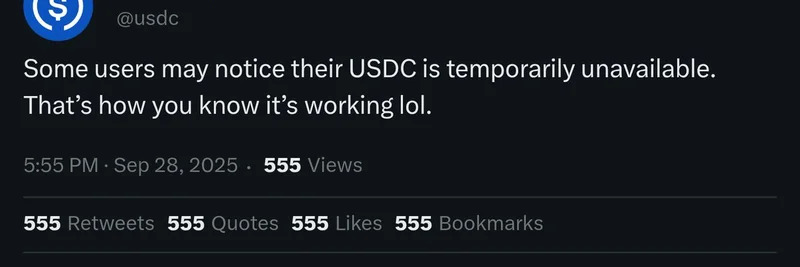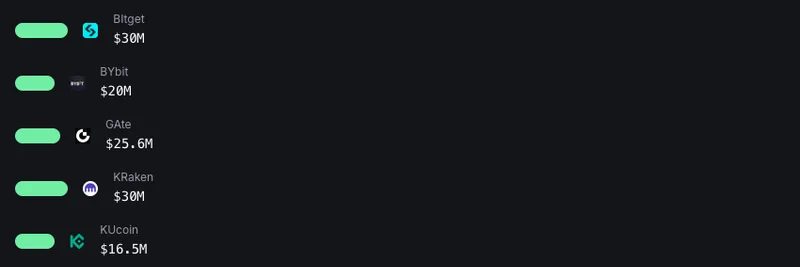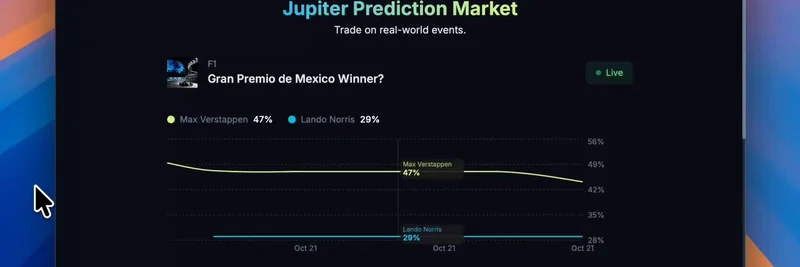Naval Ravikant, the renowned entrepreneur and investor behind AngelList, dropped a thought-provoking tweet that's stirring up the crypto community. In his post on X (formerly Twitter), he stated: "Permissioned assets running on blockchains are sheep in wolves’ clothing." This cryptic yet insightful comment has sparked discussions about the true nature of decentralization in blockchain technology. As someone who's covered crypto extensively, I see this as a perfect lens to examine the wild, permissionless world of meme tokens.
For those new to the jargon, let's break it down simply. Blockchain assets can be "permissioned" or "permissionless." Permissionless means anyone can participate without needing approval – think Bitcoin or Ethereum, where you can send, receive, or create tokens freely. Permissioned, on the other hand, involves gatekeepers. These could be centralized entities like banks or companies that control access, freeze assets, or enforce rules. Naval's metaphor suggests these permissioned setups masquerade as revolutionary (the wolf) but are actually tame and controlled (the sheep).
This tweet resonates deeply in the meme token space, where permissionlessness is the lifeblood. Meme coins like Dogecoin or newer ones on Solana thrive because anyone can launch them, trade them, and build communities without corporate oversight. Unlike permissioned assets, such as some stablecoins or tokenized real-world assets (RWAs) that require KYC (Know Your Customer) checks, meme tokens embody the raw, unfiltered spirit of crypto. They democratize finance, letting retail investors and creators jump in without barriers.
The tweet quickly gained traction, with over 98,000 views and hundreds of engagements. One reply from @TrueCrypto28 elaborated: "Permissioned assets on blockchains are proof that legacy institutions want the tech but not the truth. They love the efficiency of the rails, just not the freedom of the rails." This highlights how traditional finance is dipping into blockchain for speed and cost savings but shying away from its core promise of freedom.
Another user, @darshcorp, added a humorous twist with a meme image capturing the moment of introspection Naval's words often inspire.
It's a lighthearted nod to how Naval's insights make us pause and reflect on the industry's direction.
Diving deeper, @PulseChainDAI shared a satirical take that's spot-on for illustrating the pitfalls of permissioned assets. They posted an image mimicking a USDC announcement about funds being "temporarily unavailable," joking that's "how you know it's working."
This pokes fun at real incidents where stablecoins like USDC have frozen accounts due to regulatory pressures, underscoring Naval's point. In contrast, meme tokens on permissionless chains rarely face such interventions because there's no central authority to pull the plug.
Other replies echoed similar sentiments. @Wyatt_Lonergan from VanEck Ventures questioned the trade-offs in stablecoins and on-chain stocks, noting the "trust tradeoff" for global access. Meanwhile, @KingsProtocol poetically critiqued the illusion of decentralization in permissioned systems.
For blockchain practitioners and meme enthusiasts, this discussion is a reminder to prioritize true decentralization. As meme tokens evolve, staying permissionless ensures they remain accessible and innovative. Projects built on chains like Ethereum or Solana allow for viral growth without the "bureaucracy with better marketing," as one reply put it.
In the end, Naval's tweet is a call to action: embrace the wolf's freedom, not the sheep's compliance. If you're diving into meme tokens, look for those that uphold permissionless principles – they're the ones poised to disrupt and endure in the crypto landscape. Stay tuned to Meme Insider for more insights on how these trends shape the future of blockchain.




